-
Posts
1,331 -
Joined
-
Last visited
-
Days Won
1
Content Type
Forums
Detector Prospector Home
Detector Database
Downloads
Posts posted by EL NINO77
-
-
First of all, check the batteries,,, for example with a battery tester, are they all in order....and have the correct voltage...,,
this can be the cause of less stability of ATX...
-
 2
2
-
-
Even though there is a comparison of AXIOM from several detectors..- maybe it's good if I post it here because it complements Andrew's previous Video Axiom ... on the same targets...
-
 2
2
-
-
I wish him a speedy recovery...,, and a return to full health.... and I believe that soon he can also return to detection...Good HEALTH...CPT
-
 2
2
-
-
Both tone and pitch audio have their advantages
-
 2
2
-
-
Every new find in an old place is a pleasure,,,and if it can be used as a gift, it will be a double pleasure... Congratulations JCR...
 👍
👍
-
 1
1
-
-
I think I will transfer older threads,, as continuing and current,, the good thing about the New Dankowski forum is the possibility to easily insert pictures ... so it will move the Forum to a higher level..
-
 1
1
-
-
Jeff I think you did well to post your in depth tests of *AXIOM, and GPX and Deus2/Manticore...
I believe that all the participants of the discussion would get the same results of the test...if they were done in your field conditions....
Different terrains bring different deep results and that's a fact... that cannot be refuted...
on the contrary, even in easy terrain, you can come across a place of old settlement, civilization .... where a lot of ceramics, coal, and remnants of iron corrosion can extremely,, change and greatly reduce the detection conditions... for VLF detectors...
this is an area that I am very interested in..., because there detectors can still find targets that are masked by such mineralization of the terrain....
I think that a significant feature of PI detectors is the ability to work effectively even on ethereally mineralized terrain, where VLf detectors lose strength and advantages as well as stability of detection...
there are simply situations where the PI detector will always be the best....
comparing PI detectors and VLF detectors is like comparing apples and pears...it's never the same....
as the owner of a PI ATX in which I see a strong detection potential... I'm very glad... that Garret made an Axiom that performed very well in tests... and competes with PI Minelab detectors... and in my opinion it can be even better than slightly larger coils will be available for him.../14-18"/..
And VLF detectors? ...of course it doesn't matter, they are constantly improving "so that they work well even in more demanding mineralization conditions...and that is also a good thing..
A good thing for all of us...who like detection...
as for the range of the detectors for a 5-gram coin... in the near future, I will be able to make some comparisons on such targets on different mineralized terrains... since we now have several different mineralized...test fields...
-
 5
5
-
-
I'll say it this way that detectors can definitely be a certain benchmark for the possibility of detection in mineralization.. and thus also an indicator of the limit of detection in such a difficult environment..
The detection possibilities of various detectors can only be assessed by those who in their environment are able to compare several of the best mineralization detectors side by side...on their mineralized terrain...in tests...but also in practical detection...
Fortunately, the development of the electronics of VLF detectors,..as well as the development of their software is moving forward..and the deep possibilities in extra mineralization continue to improve.
and I'm glad to be a part of it...Rick... will be interesting to watch the Nexus MP V3 ..with CC 24 khz coils how it does on gold in such conditions...
-
I saw on YT how someone removed the chip from the Vanquish coil, modified the chip and connected the coil to the Equinox...
coil worked..
Then I was even so interested that I bought another small V8 coil for the Vanquih... for a similar modification...In the end, I did not proceed with the modification of this coil... because I had other priorities...
-
 1
1
-
 1
1
-
-
53 minutes ago, Skull diver said:
This is what happened today.
I started the session with D2 in a promising area.
About two hours and two medium-sized rings (both under 5 grams).
Tool change and back in the water with the Excalibur.
After two minutes I dig out the third snake-shaped ring, perhaps the thinnest and lightest of the three.
This is overwhelming evidence that a screen and an ID, can make a difference if they respond correctly to the object, but as long as you dig outside the range of interest, you lose useful time for other targets.
I fear I will soon have to fall back on yet another detector and the choice is really narrow.
If you are in the right place, a digital detector with a good range can very easily beat ... an analog or digital detector without VDI display...
I have been dealing with this topic for several years, also because I prefer to use digital detectors from VDI Identifications.
First of all.. it is a very selective detection where we want to detect the correct targets in one place... and at the same time dig up a minimal amount of non-ferrous waste...
I always take this feature into consideration with every detector I use...
Skull Diver,,congratulations too on finding 3 nice rings...
-
 1
1
-
 1
1
-
-
With CTX, it is worthwhile to use channel 10-11 for greater CTX sensitivity to smaller or finer targets...
the difference in detection is visible,,,
-
 3
3
-
-
On objects of the ring type, the eddy currents are very well concentrated around the circumference of the ring - and therefore such an object can obtain slightly better detection properties than a coin of the same diameter.
Regarding the dispersion of VDI numbers, other things are important, such as the purity of the gold, as well as the size and shape...
-
 3
3
-
-
*New test VERSA from Iffy Signals ..
-
 1
1
-
-
Jeff ..Rutus detectors have a very smooth True all metal mode...in multi-frequency mode..Dual mode .,,.,,,,, so it is not a problem to hit the finest targets,,,
in the pictures, I only document what VERSA is capable of on multi-frequency, if you focus on selective ...detection of targets from ID 7-11 from among iron...on an old stone road...
..
On my test field, I have a gold 0.05 gram gold segment buried at a depth of 10 cm in a low mineralized subsoil...
if the detector can hit this target...in discrimination mode, it is a powerful detector..Target /N.2/0.05 gram Gold in 10 cm depth .. on my test field...
______________________________________________________________________________________________________
Rutus ATREX ...
Rutus *Atrex on multi-frequency program Coin
the first target is 0.05 grams of gold, at a depth of 10 cm /marked yellow/
the second target ... is 50 euro cents per 37 cm,/ not marked/
the third target is a copy /0.19 grams of lead/ of a very small 5 mm coin 1/24/stater at a depth of 11 cm../marked Red/-
 1
1
-
-
VERSA in Multifrequency low conductor even in dynamic mode is really sensitive to small targets - the photo shows what I dig when I focus on detecting targets with low VDI 6-11...
VERSA program Park - Multi F low conductor
------------------------------------------------------------------------------------------
VERSA Program Park 1 F- 40 khz
VERSA 1F 40khz
-
 3
3
-
-
Thanks Chase,,,I will try to register again...
 👍
👍
-
 1
1
-
-
Also, still...I can't log in..with my password..on the new.. Dankowski forum..
-
In selective detection, it depends on which zone of the VDI target I am focusing on,,,and accordingly I use a detector that has these properties that I require.. There are many detectors that are very good at detection..but only some have the required range of VDI in the zones that I need to use. ..
XP Even though *VDI has a range of more than a hundred numbers.. its VDI zone on very low-conductivity non-ferrous targets starts at +28VDI .. and then rises very quickly.. to a very high VDI.. so the zone of low-conductivity targets is expanded .. even if practically, we have a range of all non-ferrous targets somewhere between +28 and +99VDI, which is a total of 71 VDI numbers for non-ferrous targets.
-
 2
2
-
-
Very good insights Jeff, Simon and Andrew...
The Force 1500 may not be the best PI in the world... but it can be the best PI Detector in terms of Price / Performance..
In my opinion, there are more people who would like to buy a powerful PI detector, but they are always deterred by the high price of such PI detectors, which are 3000 to 7000 dollars/euros... -
Here the PI Force1500 with a price range of 1500-1800 dollars appears as a detector that is already affordable for them.. because it is that in the prices of powerful VLF detectors /Manticore or Deus 2/...I myself once bought a second-hand PI Garrett ATX for 1300 euros, so it was an affordable investment in a powerful PI detector.

-
 5
5
-
-
Here... it is not only the perceived speed... of the detector... but unmasking in iron "or in mineralization" or also in strongly conductive terrain...
Here, standard 11" coils may have their limits... because they cannot work well enough in such situations.......do you think a standard coil can do it?
Mark, one of the ways to find out more is to try to use an 11" standard coil on the F75 and see if the F75 will continue to work effectively...
-
 3
3
-
-
-
Force 1500 is surprisingly exactly the ID on the coins ...Simon.

.And as for the pellets and their *VDI 00, I think it is confirmed that the PI detector really sees the lead alloy weaker than gold nuggets of a similar size, because these have a significantly higher VDI 12 number......even the VDI for various lead bullets are somewhere where I would expect it...👍
-
 2
2
-
-
Taz....Now... now we can ask 2 questions:
1. What will Force1500 do .... and can't do HF VLF?
2. And what will the HF VLF do that the Force1500 won't do...?
Here, the type of terrain will decide, ... mineralization and hot... and ..could rock...
-
 2
2
-
-
In northern Slovakia, we have so-called sandy forests, although the situation can change after driving a few kilometers, and you will reach a band of sand and clay...or stone mineralization....
A similar situation also occurs in Spain, where I have terrains that are very light, even terrains with red soil.. or stony soil.. which are really mineralized..but be careful... even in easy terrains, the size of the coil can be a limiting factor... and let's say that if you want to achieve the best depth results, you have to use larger 13-15" coils..
11" coils simply lose performance on the deepest targets..
That's why I'm very interested in how different detectors work in such areas... and what the practical depth of detection is...Jeff's tests are generally conducted on heavily mineralized ... and it's really good to compare how different excellent detectors work in these conditions ...
It will be very interesting to see. if Jeff has the opportunity to compare PI detectors on larger coils...
-
 2
2
-

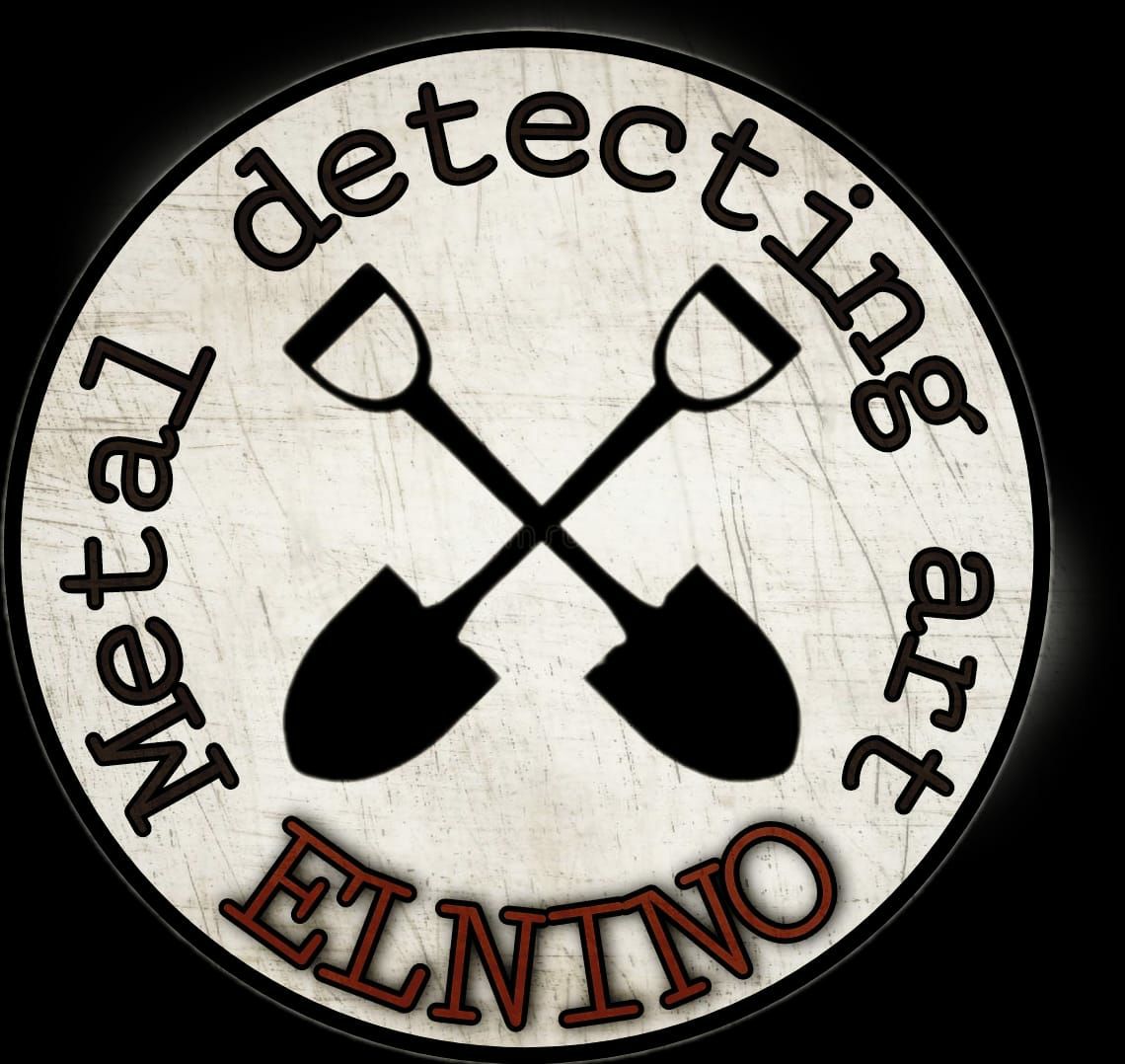

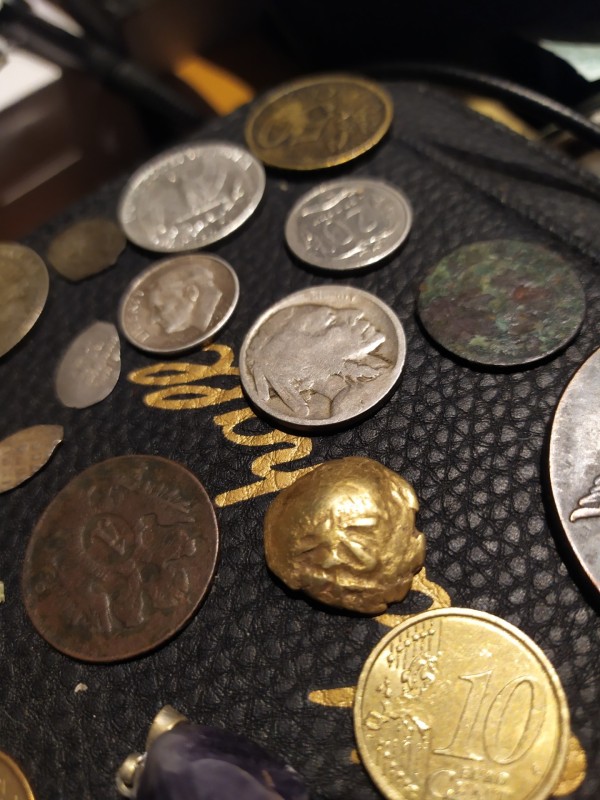
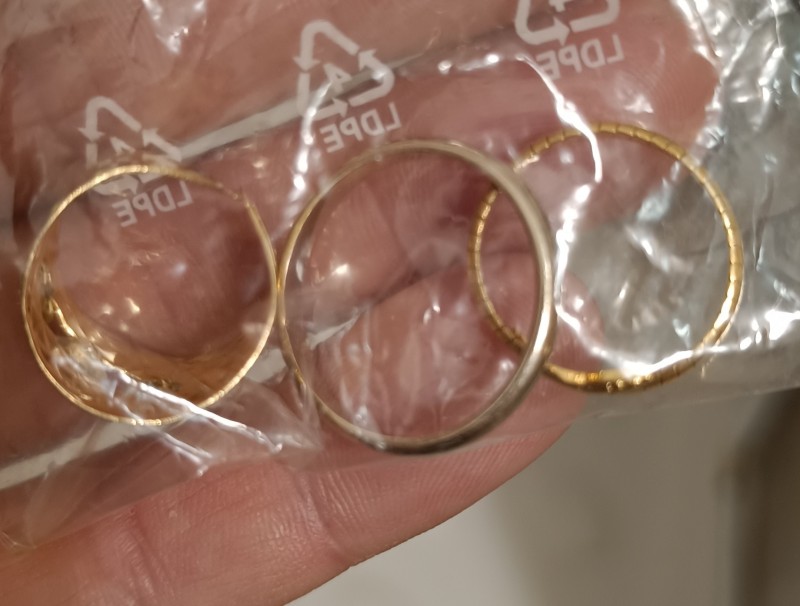
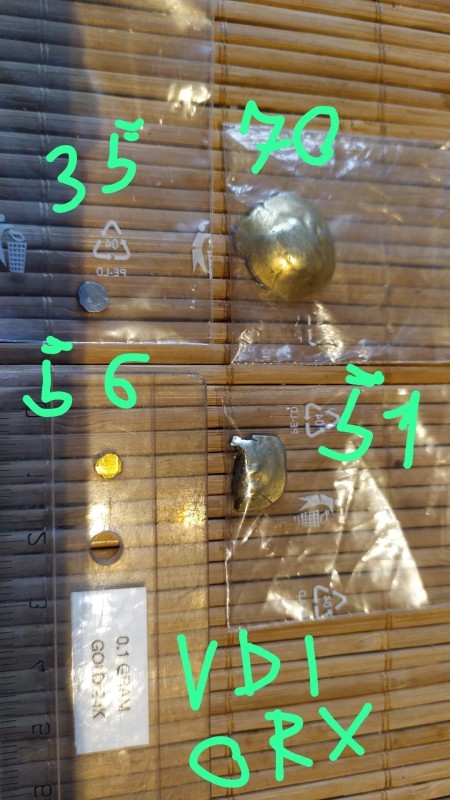
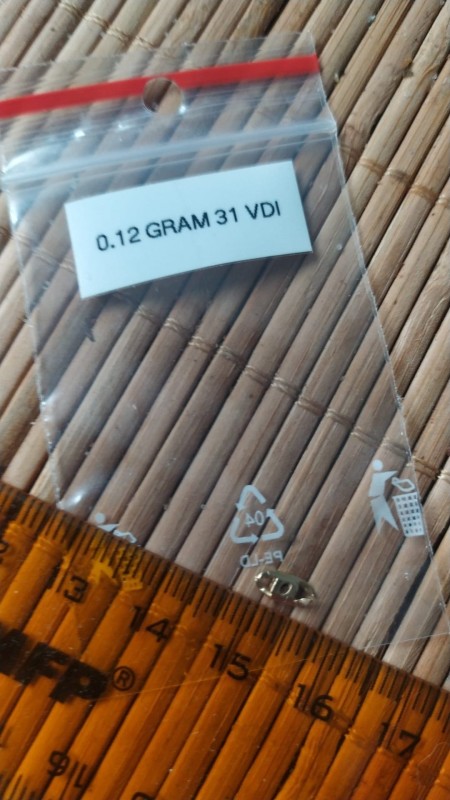
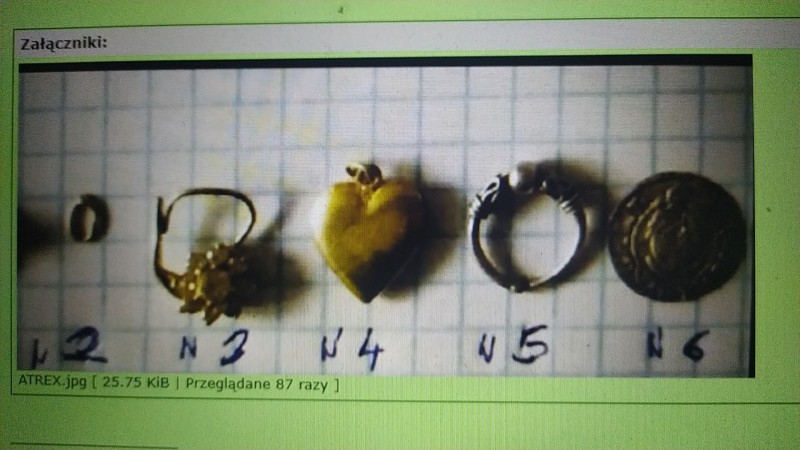
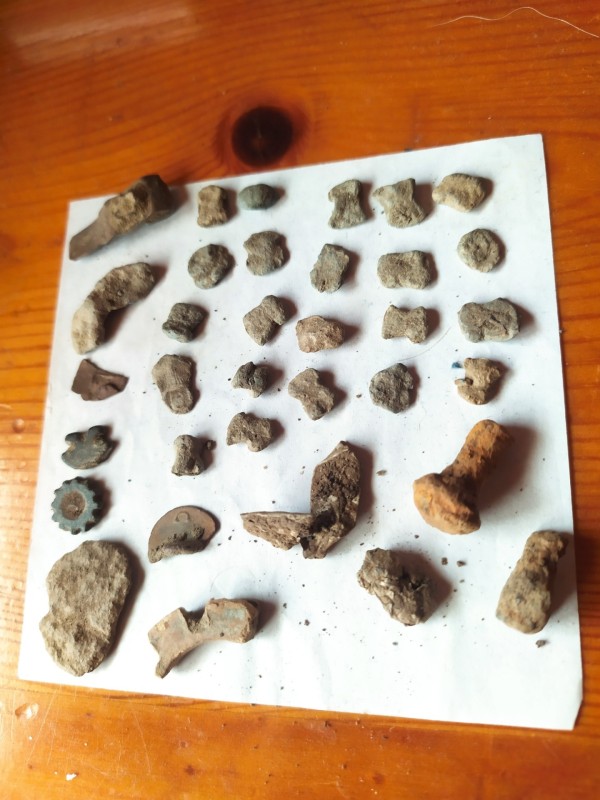
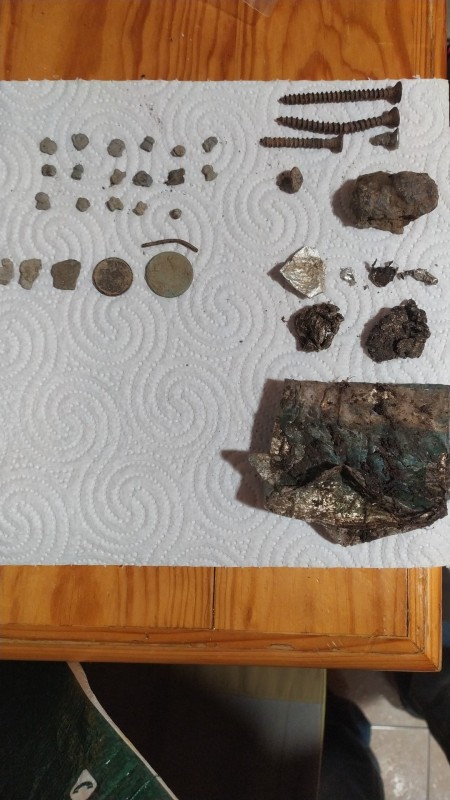
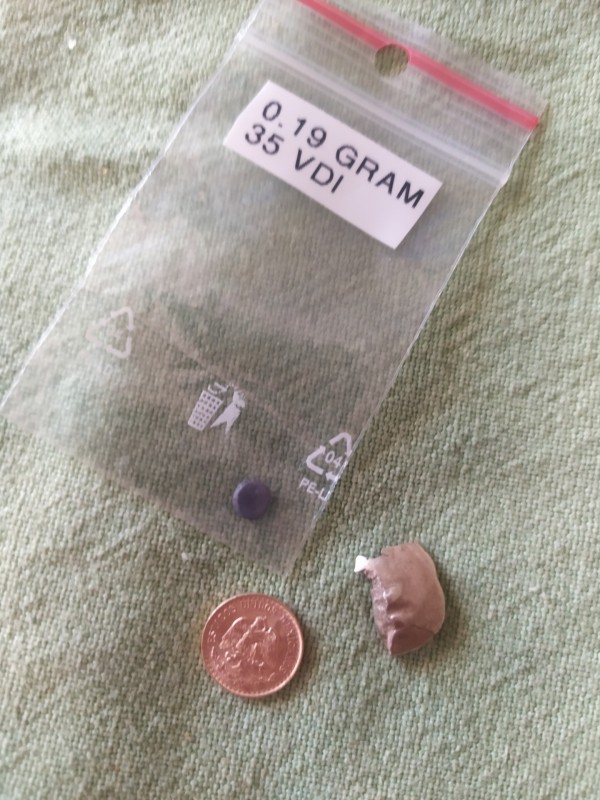
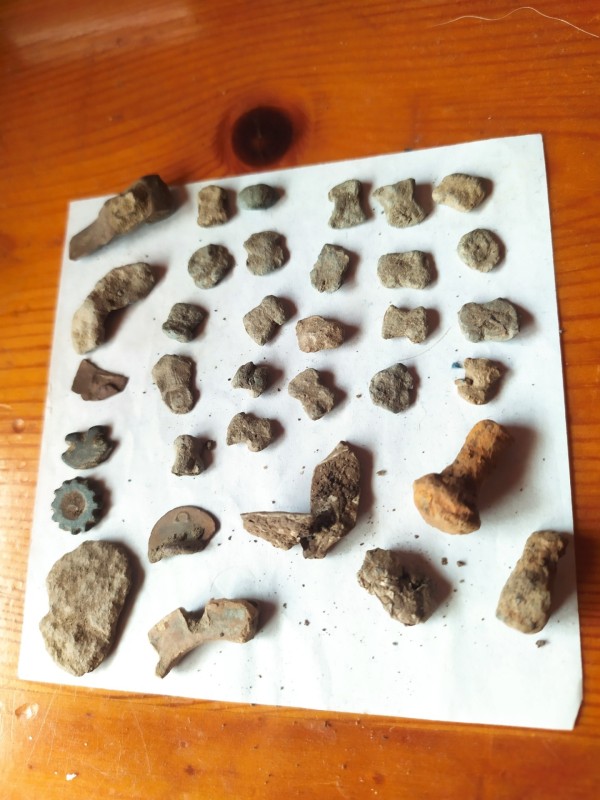
Garrett Storm?
in Garrett Metal Detectors
Posted
Now I'm curious about New Garrett.....